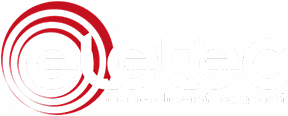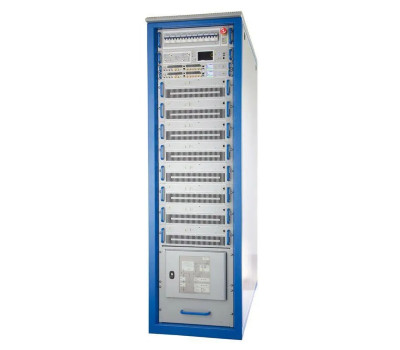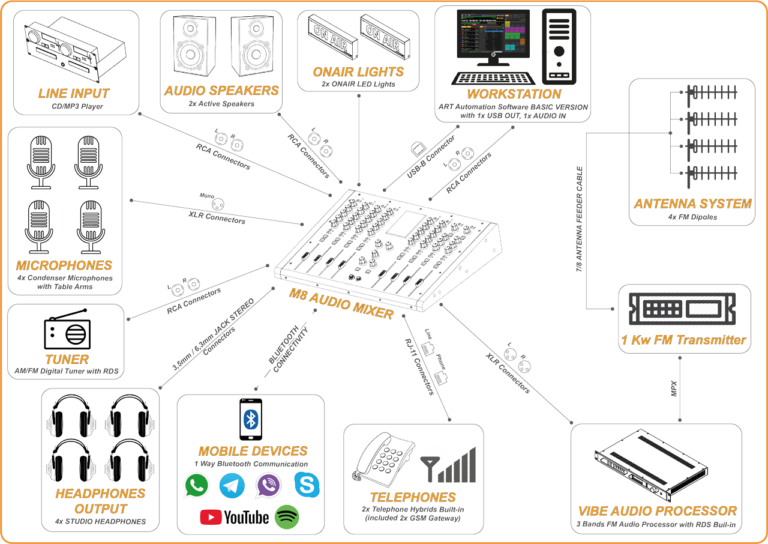RADIO STATION and BROADCASTING EQUIPMENT
A GUIDE to our selection of FM Broadcast Equipment and FM Radio Station Equipment
Setting up a complete radio station involves various essential broadcasting equipment, depending on the size and scale of your operation (AM/FM, internet radio, or community radio). Here’s a breakdown of the necessary equipment for a traditional FM/AM radio station:
1. Studio Equipment
- Broadcast Console (Mixer): This is the heart of your studio. It allows you to mix audio from multiple sources such as microphones, CD players, and computer systems.
- Microphones: High-quality condenser or dynamic microphones are essential. Popular models include Shure SM7B or Electro-Voice RE20.
- Microphone Arms: Adjustable arms allow easy positioning of the microphone during broadcast.
- Headphones: Good monitoring headphones (like Audio-Technica ATH-M50x) are needed for presenters to hear themselves and other sources.
- Headphone Amplifiers: These distribute the audio signal to multiple pairs of headphones in the studio.
- Studio Monitors (Speakers): High-fidelity speakers are necessary for monitoring what goes out to the airwaves.
- Computer/Automation Software: A computer running automation software (such as soho, from eletec broadcast) will help manage playlists, scheduled content, and ads.
- Telephone Hybrid: This allows you to take phone calls on-air by patching the telephone signal into the broadcast console.
- CD Players/Turntables: If you plan to play music from CDs or vinyl records, you’ll need high-quality players.
- Audio Processors: These help improve the sound quality before broadcasting, adding compression and limiting to ensure a consistent sound, example TITAN FM on air processor 6 bands/Digital stereo coder, or Monster FM Digital from Eletec Broadcast.
2. Transmission Equipment
- FM Transmitter: This is the core device that converts the studio audio into a signal broadcast over the air. Transmitters vary in power depending on the reach you want (from 10W to 120kW or more).
- RF Cables: High-quality coaxial cables are necessary to connect the transmitter to the antenna.
- Antenna: The antenna (FM dipole antenna, for example) broadcasts the signal into the air. Its location and height greatly affect your broadcast range.
- Transmission Line: This connects the transmitter to the antenna, often using rigid coaxial cables.
- Broadcast Antenna Mast/Tower: For better coverage, you’ll need a tall tower to mount your antenna.
- Modulator (optional): If your system isn’t fully digital, a modulator helps convert your audio signals for transmission.
- STL (Studio-to-Transmitter Link): If the studio and transmitter are located in different locations, you will need an STL system to send the audio from the studio to the transmitter site.
3. Backup Systems
- Uninterruptible Power Supply (UPS): In case of power outages, a UPS ensures the station stays on the air for a limited time.
- Backup Generator: A generator ensures the station can continue broadcasting in case of extended power outages.
- Redundant Transmitter: For larger stations, having a backup transmitter ensures minimal downtime in case the main transmitter fails.
4. Additional Equipment
- Broadcast Logger: Required in many countries, this logs everything broadcasted for legal or reference purposes.
- Delay Unit: Used to insert a slight delay in live broadcasts, allowing the operator to censor inappropriate content.
- RDS Encoder: For FM stations, this encodes digital information into the broadcast signal (e.g., station name, song titles).
- Satellite Receiver: If your station uses satellite feeds for syndicated content or news.
5. Streaming Equipment (for Online Radio)
- Encoder audio: If you’re broadcasting online, streamingsuch as encoder IP.
- Internet Connection: A fast and reliable internet connection is essential for streaming audio to listeners.
6. Acoustic Treatment
- Soundproofing: To avoid unwanted external noise, soundproofing the studio is essential.
- Acoustic Panels: These help absorb sound and improve the audio quality within the studio space.
7. Licensing
- Broadcast License: Depending on your country, you’ll need licenses for radio broadcasting, spectrum usage



